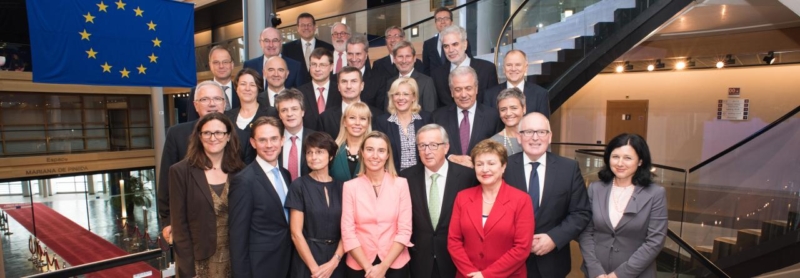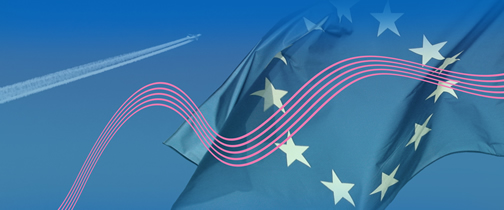A call to the European Commission and EU Member States
13 November 2014There’s been a lot of activity in Europe the last few weeks, culminating in the confirmation of Jean-Claude Juncker’s new Commission.
The Commission has indicated that they plan to review the effectiveness of existing legislation before introducing new legislation and I think that’s a good move. They could start by looking at the Single European Sky (SES) initiative.
SES has the potential to deliver significant benefits to airspace users – improved environmental performance, better use of our limited airspace capacity, cost reductions, enhanced safety – but progress to date remains painfully slow.

Richard Deakin addresses European transport ministers at the Pallazzo Colonna, Rome.
Last week I spoke on SES at a High Level Conference for European Transport Ministers, at which the new Transport Commissioner – Violeta Bulc – also spoke, and outlined what I think can be done to accelerate progress on SES.
Like the Commission, we believe that the liberalisation of air navigation services is ultimately the best way to reduce costs, remove inefficiencies and incentivise innovation through the deployment of new technologies.
But ten years on from the launch of SES I think the Commission and Member States need to look at their approach to date and ask, ‘has it worked’? To date, their focus has been almost exclusively on increasing and ever-more prescriptive regulation but this hasn’t delivered the change our customers expect.
We need to recognise that regulation is not the only tool in the box – there are benefits to be had from flexibility through commercial and industrial partnerships, through competition and through market liberalisation.
Too many Air Navigation Service Providers use the bureaucracy that surrounds them as an excuse to make no progress, for example we have ANSPs actually increasing their prices, whilst at the same time blocking competition from more efficient service providers from competing in their own markets.
However, where European countries have been brave enough to consider greater liberalisation such as in the UK and Spanish Towers markets, we have seen progress in lowering costs and increasing performance that a regulated approach wouldn’t have delivered.
There is room, of course, for some level of regulation. Strong safety regulations are and will continue to remain vital, as they are in the airline industry. And regulation has an important role to play through the harmonisation of ATM standards as an enabler for competition. But today’s approach of regulating every tiny detail of ATM, with different interpretations in every country, inadvertently puts the brakes on actually delivering the intended benefits of SES.
So at this important point in the life of SES, where we have a new Commission and a Commissioner who can take stock and assess what’s going right and what’s going wrong, I would urge them to think again about how we go about delivering it. We need to learn from other aspects of Europe’s aviation policy, such as the airline industry, where liberalisation and competition has been a major success.
We need to recognise that liberalisation and a market-based approach to ATM, where it is possible, will deliver the change we’re after. It will incentivise delivery of the performance improvements that the Single European Sky is supposed to be all about, encouraging ANSPs to think differently and to put customers ahead of politics. It is, after all, only what the EU’s own trade policy is based on – competition!
Comments
Please respect our commenting policy and guidelines when posting on this website.



